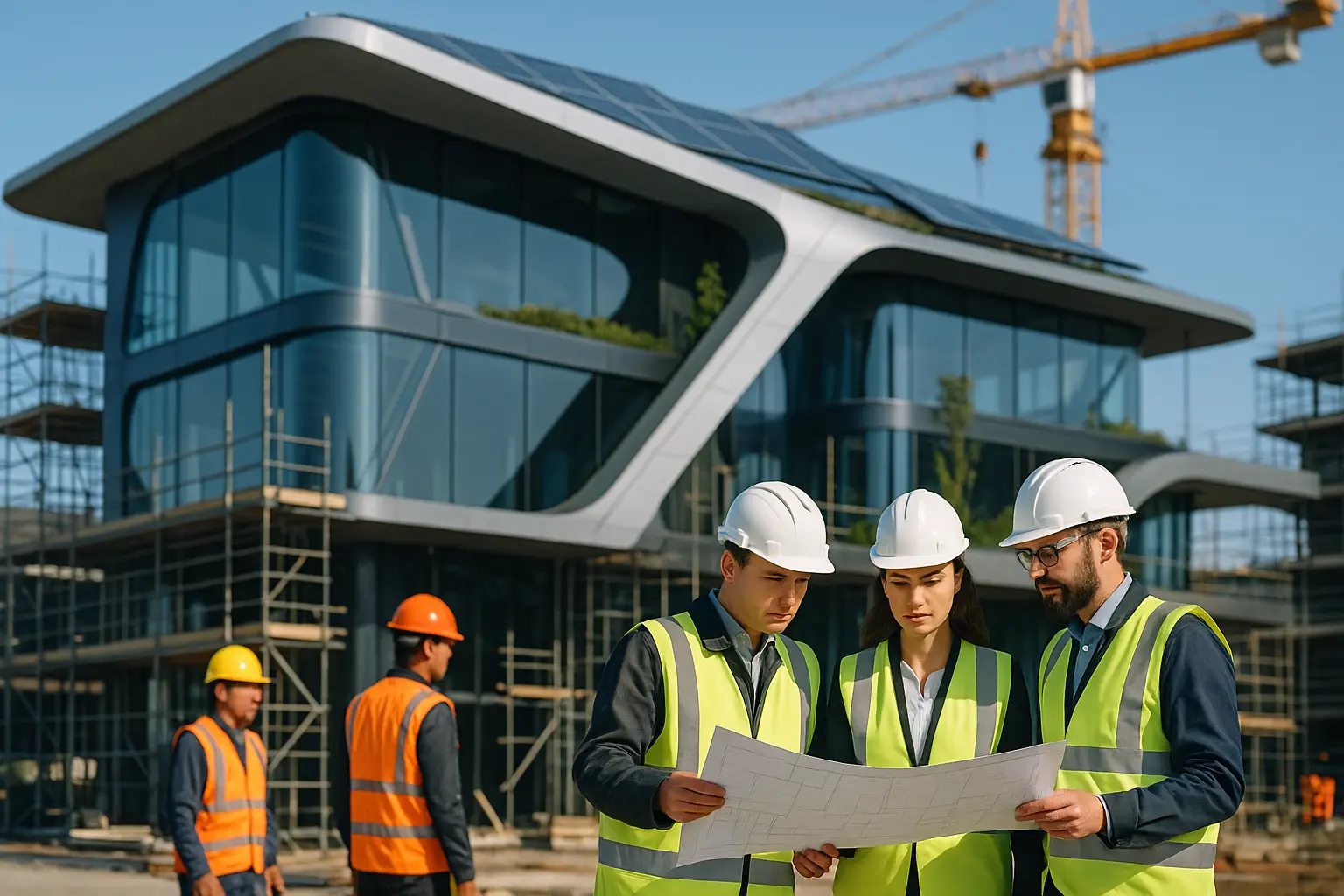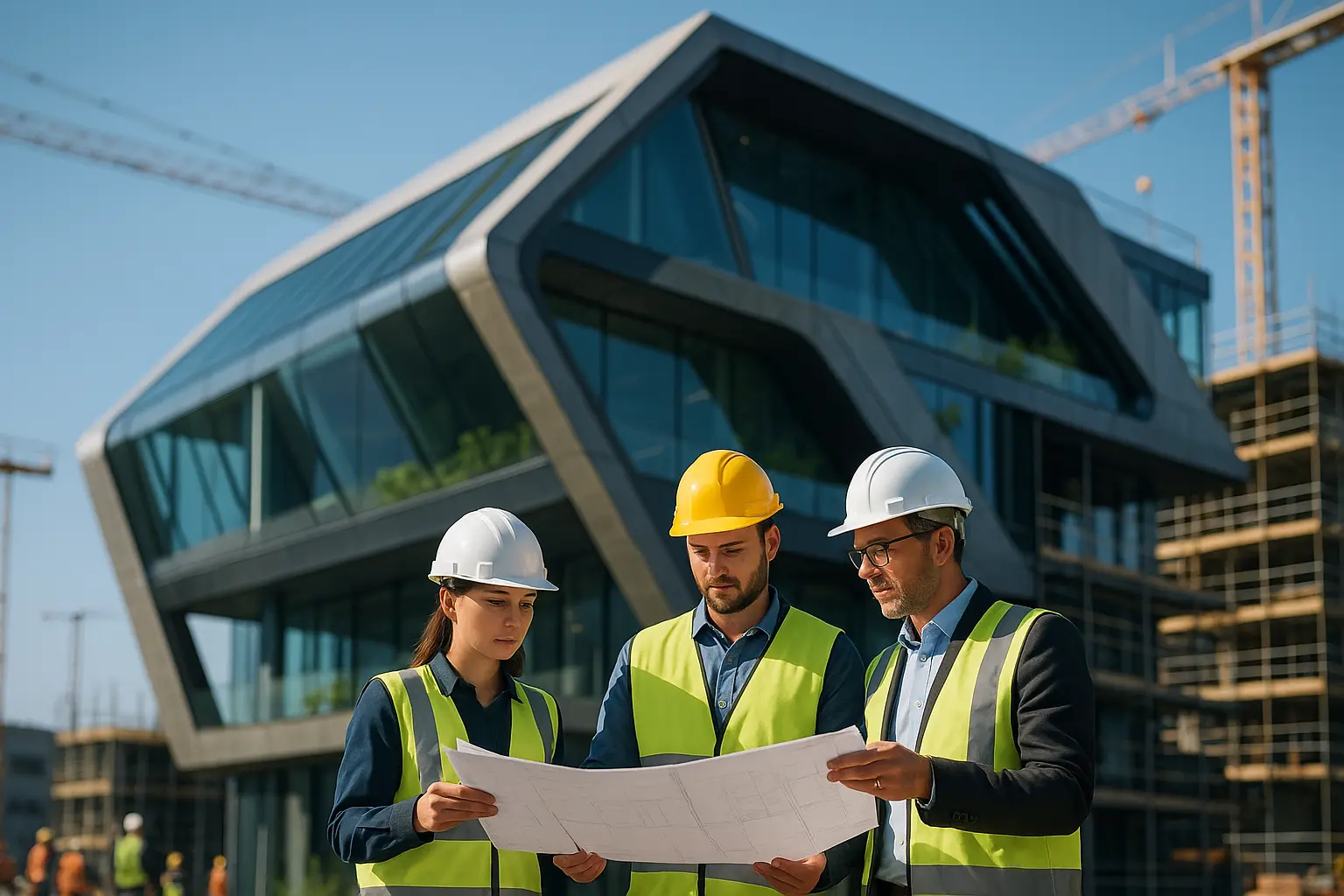In a world driven by technology and data, smart buildings have become a cornerstone of modern construction. They’re not just a trend—they’re a revolution. With systems that optimize energy management, automate control, and utilize real-time data, these buildings enhance both functionality and sustainability. As we stand at the cusp of this architectural transformation, the question isn’t why we should switch to smart buildings, but rather, how to begin. Let’s delve into the essential steps for launching a successful smart building project.
Understanding the Smart Building Ecosystem
Smart buildings are more than just structures; they are integrated systems that use a network of sensors, meters, and IoT devices to collect and analyze data. This fusion of technology facilitates seamless automation, improved efficiency, and comprehensive facility management.
What Defines a Smart Building?
At its core, a smart building is defined by its ability to intelligently respond to the needs of its occupants. By utilizing real-time data, the building adjusts lighting, temperature, and security settings, enhancing comfort and reducing energy consumption.
The fundamental components of a smart building include:
- IoT Integration: Devices and sensors that communicate via the internet, ensuring the building’s systems are interconnected.
- Automation Systems: These systems control lighting, HVAC, and access, allowing for efficient management.
- Centralized Control: A single platform providing a holistic view of all operations, making it easier to manage and troubleshoot.
Benefits of Smart Buildings
For occupants, smart buildings offer improved comfort and convenience. For facility managers, they provide a streamlined approach to energy and resource management. And for owners, the long-term financial benefits are significant, given the reduction in operational costs and the potential for increased property value.
Planning Your Smart Building Project
Embarking on a smart building project requires meticulous planning, ensuring that every element aligns with the overarching vision. It’s crucial to define every aspect of the project from the outset, ensuring a seamless transition from design to completion.
Setting Objectives and Budget
The first step involves setting clear objectives. Are we focusing on energy efficiency? Enhancing occupant experience? Or perhaps, maximizing technological integration? Once objectives are defined, align them with budget constraints and funding sources.
Collaboration with Experts
A smart building project demands collaboration. Engage with architects familiar with innovative designs, technology consultants who understand IoT, and energy management experts. This multi-disciplinary approach ensures that all aspects of the building are optimized.
Regulatory Compliance
It’s essential to navigate the labyrinth of local building codes and sustainability certifications. These regulations often influence design decisions and ensure that the building is not only smart but also legally compliant.

Designing with Smart Technologies
Design is the crux of any smart building project. By integrating cutting-edge technologies with design, we create spaces that are both functional and aesthetically pleasing.
Incorporate Sustainable Solutions
In today’s world, sustainability isn’t optional. Integrate energy-efficient technologies, like solar panels and energy storage systems. Utilize LED lighting and smart glass, which adjusts its tint based on sunlight exposure to minimize energy use.
Prioritize Integrative Technologies
When designing, ensure that all systems—be it HVAC, lighting, or security—communicate. This integrative approach not only enhances efficiency but also simplifies management.
Aesthetic Considerations
A smart building should not compromise on aesthetics. Use modern materials and designs that reflect cutting-edge architectural trends. Incorporate natural elements and open spaces to foster a harmonious environment.
Implementing and Managing Smart Building Systems
With the design phase complete, the focus shifts to implementation—a critical stage where our vision takes shape. A strategic approach ensures that systems are installed, tested, and optimized for efficiency and reliability.
Streamlined Installation
Begin with a detailed plan outlining timelines and resources. Engage experienced contractors who specialize in smart system installations. This ensures that the setup is not only efficient but also adheres to best practices.
System Testing
Once installed, systems must undergo rigorous testing. This step guarantees that all components function harmoniously, and any potential issues are identified and resolved before full-scale operation.
Continuous Monitoring and Upgrades
The hallmark of a smart building is its ability to adapt. Implement monitoring systems that provide real-time data analytics, facilitating proactive adjustments. Regularly update software to incorporate the latest advances in smart technologies.
Our ultimate aim is to create a building that doesn’t just meet today’s needs but anticipates tomorrow’s challenges. With continuous monitoring, we ensure that the building remains at the forefront of technological innovation.
As we navigate the ever-evolving landscape of architectural innovation, smart buildings stand as a testament to what’s possible when technology meets vision. Embarking on a smart building project is not just about the destination—it’s about the journey of transforming conventional spaces into hubs of intelligence and efficiency. Let us embrace this challenge with foresight and enthusiasm, paving the way for a future where buildings don’t just stand, but think. Together, we shape a world where every brick and beam contributes to a smarter, more sustainable tomorrow.
FAQ
What is the first step in initiating a smart building project?
The initial step involves defining clear goals and objectives for the smart building. Understand what you hope to achieve, whether it’s energy efficiency, enhanced security, or improved tenant experience.
How can I assess the technological needs of my smart building project?
Conduct a comprehensive needs assessment to determine which smart technologies are necessary. This involves evaluating current infrastructure, understanding user requirements, and identifying potential technology gaps.
What role does budgeting play in the development of a smart building?
Budgeting is crucial as it dictates the scale and scope of the project. A well-planned budget should consider costs related to technology acquisition, installation, maintenance, and potential upgrades.
Who should be involved in the planning phase of a smart building project?
Involve a multidisciplinary team including architects, engineers, IT specialists, property managers, and tenant representatives to ensure a holistic approach to smart building design and implementation.
What are the key considerations for selecting the right smart building technologies?
Key considerations include compatibility with existing systems, scalability for future expansion, ease of use, cybersecurity measures, and the potential for integration with other smart technologies.



